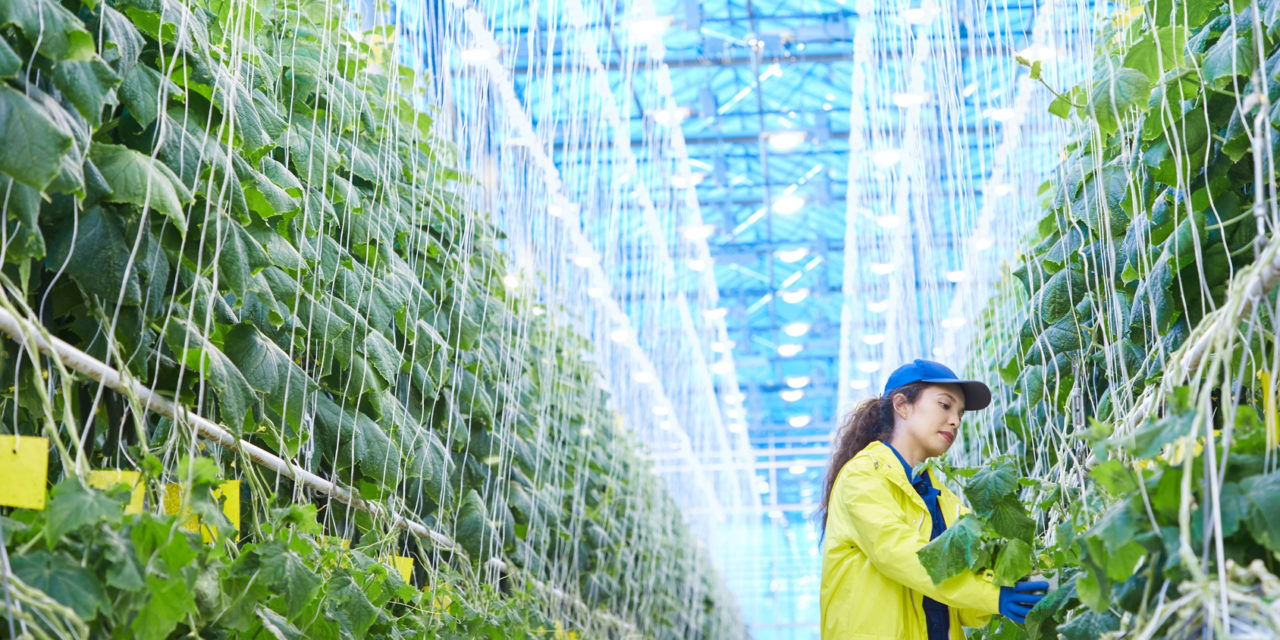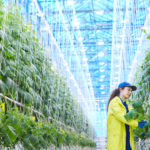It’s happened again.
Last month, the United States Department of Agriculture announced a nationwide recall of more than 12 million pounds of raw beef due to new concerns over possible salmonella contamination.
The move was an expansion of an October recall related to beef that has so far sickened nearly 250 people in 26 states.
Per a story on the recall:
“While most individuals who contract salmonella recover without treatment, the bacteria is particularly dangerous in children, the elderly and people with weakened immune systems. Symptoms develop between 12 to 72 hours after eating a contaminated substance and include diarrhea, abdominal cramps and fever. They usually last between four to seven days.
“The affected products were packed on various dates between July 26 and Sept. 7 by JBS Tolleson, an Arizona-based beef processing plant that ships nationwide. The specific products subject to recall are stamped with “EST. 267” within the USDA mark of inspection, the agency says.”
First it was Chipotle. Then it was cantaloupe. Then it was romaine lettuce. Now this. Will the endless train of food contamination issue ever end?
In a word, no.
Not if nothing changes in the way the agriculture and food preparation industries handle and store food. Because the modern system is simply not prepared to handle outbreaks like this and not equipped to prevent them from happening.
In fact, since The Centers for Disease Control (CDC) began tracking outbreaks of foodborne illness in the 1970s, the top 21 bacterial contaminants now cause over 3.6 million cases of foodborne illness, 35,000 hospitalizations, and 800 deaths in the U.S. each year. Of these, Salmonella, Campylobacter, E. coli, and Listeria combine for 57% of total annual cases of foodborne illness, 89% of hospitalizations, and 85% of deaths. Listeria is of particular concern, representing 4% of hospitalizations and 30% of deaths despite causing less than 0.1% of illnesses.
If these numbers seem to be growing, it isn’t an illusion, and the trend is troubling.
As the CDC and other government agencies have stepped up both the monitoring of outbreaks as well as the enforcement of food safety infractions by food service companies, foodborne illness incidents have ticked up in recent years, in large part because we are paying much closer attention to them.
This effort dates back to 2011, when the Food and Drug Administration (FDA) Food Safety Modernization Act was signed into law, granting the FDA an array of new powers, including mandatory recall authority, and placing significant responsibilities on farmers and food processors to prevent foodborne illness contamination.
Since 2015, the FDA has issued more than 1,000 food and beverage recalls and, of those, 89% were recalled due to bacterial contamination and 87% were vegetables. And, the average direct cost of a recall is $10 million per incident, with indirect costs totaling millions more.
That’s the bad news.
The good news is that there are a number of smart, driven entrepreneurs who are working on this problem right now.
One example is ProteoSense, which has been commercializing a new solid-state biosensor technology for food safety testing that’s based on work originally done by scientists at Ohio State University and Cleveland State University.
The company’s RapidScan technology is a high-sensitivity, portable system that can detect foodborne pathogens in just minutes without incubation, reducing the overall total test time and allowing for on-the-fly testing by current personnel in the field or the factory.
Currently designed to test for Salmonella, Campylobacter, E. coli, and Listeria, the RapidScan system allows growers, packers, processors, shippers, and wholesalers to test produce or meat products for pathogens multiple times throughout the supply chain – in the field, from cartons at shipping points, in packaging facilities, etc. – and get immediate results. And it’s easy to use, designed for in-field testing by non-technical employees, eliminating the need to send test samples off to a lab or wait for results.
The goal, the company says, is to accurately detect foodborne pathogens automatically, in real-time, to quickly identify hazards at the front end of the supply chain rather than forcing producers to react after a contamination has occurred in an attempt to contain the risk.












